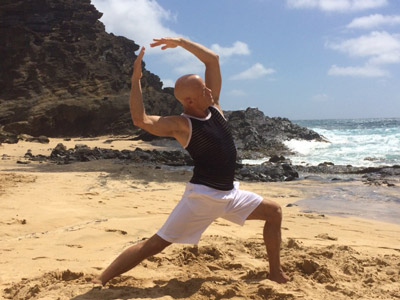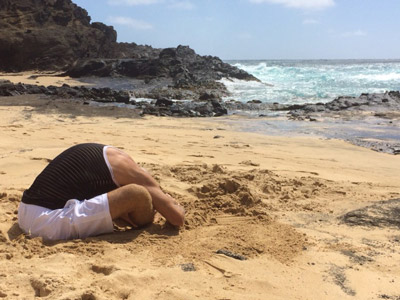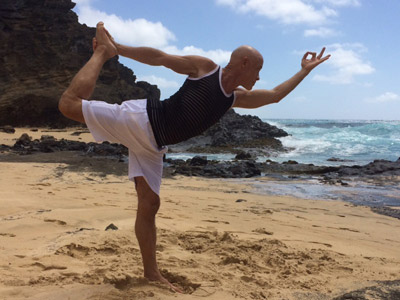
Power Flow Yoga
Power yoga is a general term used in the west to describe a vigorous, fitness-based approach to vinyasa-style yoga. Though many consider it to be "gym yoga," this style of practice was originally closely modeled on the Ashtanga method. The term came into common usage in the mid 1990s, in an attempt to make Ashtanga yoga more accessible to western students. Unlike Ashtanga, however, power yoga does not follow a set series of poses, so classes can vary widely.

Yin Yoga
Yin yoga is a slow-paced style of yoga with poses, or asanas, that are held for longer periods of time—five minutes or more per pose is typical. Its teaching in the Western world, beginning in the late 70s, was founded by martial arts expert and Taoist yoga teacher Paulie Zink.

Vinyasa Yoga
Vinyasa is a general term that is used to describe many different types of classes. Vinyasa, which means breath-synchronized movement, tends to be a more vigorous style based on the performance of a series of poses called Sun Salutations, in which movement is matched to the breath. A Vinyasa class will typically start with a number of Sun Salutations to warm up the body for more intense stretching that's done at the end of class. Vinyasa is also called Flow, in reference to the continuous movement from one posture the the next.